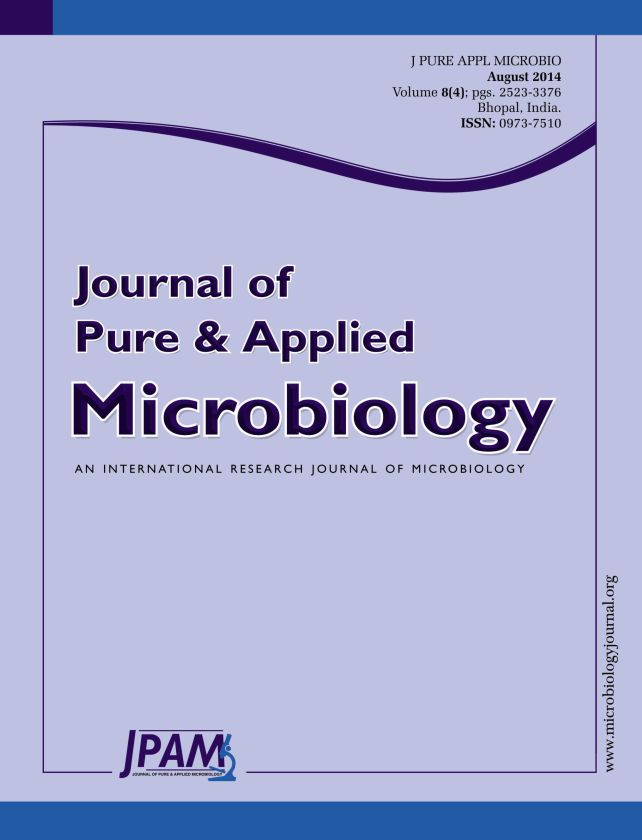Fifty seven isolates of thermotolerant E. coli were recovered from 125 drinking water sources, 47 (82.45%) were typable of which 9 (26.3%) were pathogenic serotypes. The isolated E. coli belonged to 13 serogroups on ‘O’ antigen basis with O20 (12.28%) being predominant followed by O68 (10.52%). PCR using specific primers for stx1, stx2, eae and hlyA genes detected STEC, EPEC and EHEC in 23.2, 4 and 2.4 per cent of the samples respectively.
Thermotolerant E. coli, EHEC, EPEC, STEC
© The Author(s) 2014. Open Access. This article is distributed under the terms of the Creative Commons Attribution 4.0 International License which permits unrestricted use, sharing, distribution, and reproduction in any medium, provided you give appropriate credit to the original author(s) and the source, provide a link to the Creative Commons license, and indicate if changes were made.


